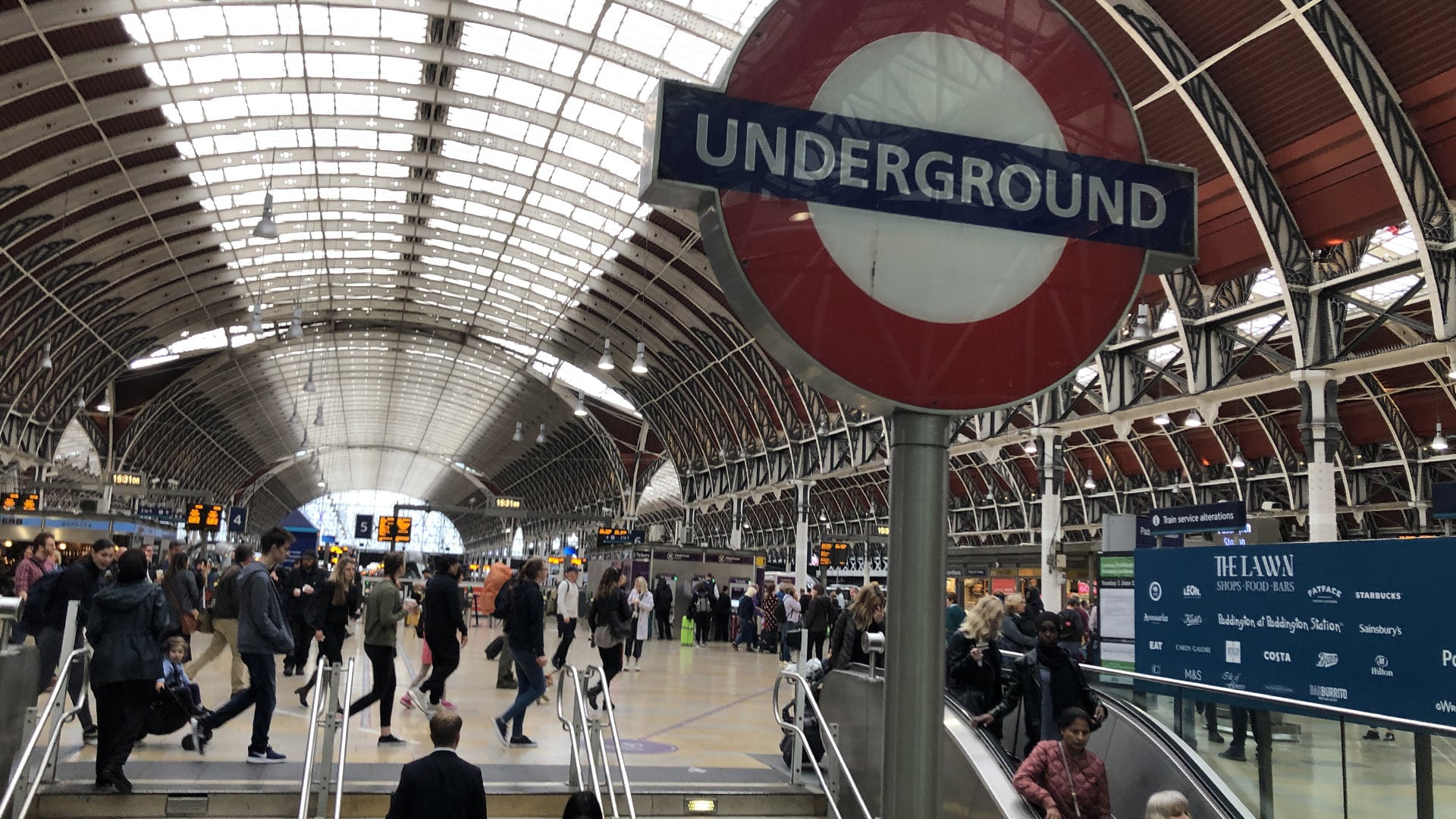
The Best Way To Get Around London
Taking The Tube from Paddington is the best way to get around London - This London Travel Planner shows you why
I have always recommended The Tube as the best way to get around London. Here’s why:
- It’s the quickest way to get around London
- It’s the most convenient form of transportation in London
- It’s the most economical form of transportation in London
- It’s incredibly easy to navigate
Here’s a tip: Get yourself an Oyster Card which can be purchased at many of the shops located near to the London Underground stations. You simply top them up at any of the ticket machines in the stations and use them to touch your way in and out of the turnstiles at the stations.
Taking the Tube to the attractions is a great way to round out your London Experience - You'll get a real feel for London
You’ll be traveling with busy Londoners going to and from work.
Nothing has given me such a true sense of the real London like the Tube. You’ll be traveling with busy Londoners hurrying about, trying to get to the their platform. Be sure to always ride the escalator on the right side, as the left side is reserved for those who need to quickly rush up and down the stairs to make their trains!
You’ll be traveling with people from all over the world.
The Tube will give you a real feel for how international a city London is. It’s not unusual to hear more than 3 or 4 different languages being spoken on your ride to your destination.
Be sure to drop a few coins in the busker’s guitar case.
It’s very common to hear buskers playing music in the tunnels that connect the platforms to the rest of the station and there’s something about that sound that makes me smile and think: “Yep, I’m back in London”.
Stay in Paddington and you can maximize your vacation time using The Tube
But why Paddington? You ask. Because Paddington is the only area in London with direct access to all of London’s major tourist attractions. Taking advantage of this fact, and using my extensive knowledge of Central London, I have come up with a plan that almost always adds bonus time to client’s London vacation time. Some take advantage of the extra time by taking a day trip to somewhere outside of London. Others use the time to see their ‘B-List’ attractions. These are attractions that are not in close proximity to the major attractions and are therefore out of the way. A good example of these are the Zebra Crossing at Abbey Road Studios or Harrod’s Department Store.
To demonstrate my plan, let's have a look at this map:

1
Notting Hill Gate
- Portobello Market
- Kensington Palace
![]()
2
Baker Street
- Madame Tussauds
- Sherlock Holmes Museum
![]()
3
Oxford Circus
- Oxford Street
- Regent Street
- Bond Street
![]()
4
Piccadilly Circus
- West End Theatre District
- Piccadilly Circus
- Leicester Square
- Chinatown
![]()
5
Westminster
- Big Ben, London Eye
- Houses of Parliament
- Westminster Abbey
- Buckingham Palace
- Churchill War Rooms
![]()
6
Charing Cross
- Trafalgar Square
- Whitehall
- Horse Guards Parade
- 10 Downing Street
![]()
7
St Paul's
- Saint Paul’s Cathedral
![]()
8
Tower Bridge
- Tower Bridge
- Tower of London
![]()
As you can see on this map, I have placed 8 numbered yellow circles laid over various areas of Central London. These circles represent the eight Tube stations which give you access to all of Central London’s major tourist attractions. Below the map is a list of each circle’s Tube station, tourist attractions, and the Tube Line you would use to get there. When planning their London vacation most people (myself included on my first visit) make a list of the attractions they want to see, but because they don’t have the knowledge of where things are in relation to one another, they end up zig zagging all over London, oftentimes coming back to an area they had previously visited, when they could have just picked an area and seen all of the attractions in that area during one visit.
This map makes it easy for you to pick an area for sightseeing on a particular day, and know what’s there for you to see so you can see them all in one trip. No zig zagging.
But my plan takes this a step further…
Using my knowledge of where attractions are in relationship to others allows you to see even more. I refer to it as "Adjacent Planning"
Here is one of the most common Adjacent Area plans I use with my London Travel Planner clients:
Today’s Itinerary:
- Tower Bridge and Saint Paul’s – The Tower Of London is the most time consuming London tourist attraction; a half day at least depending on how thorough you are about sightseeing. These two areas are close enough to one another that if you’re feeling really ambitious, there is a very nice walk along the Thames from Saint Paul’s to Tower Bridge that affords you a wonderful photo opportunity of the bridge as you approach it. If you want more information on this walk contact me.
To Saint Paul’s from Paddington: Paddington (Lancaster Gate Station) Central Line to Saint Paul’s
Saint Paul’s to Tower Bridge: Saint Paul’s Station to Bank Station. Walk from Bank to Monument Station. (stations are interconnected) Circle Line to Tower Bridge Station
Back to Paddington: Tower Bridge Station Circle Line to Paddington Station.
Here’s an example of an Adjacent Area plan, combining Westminster and Charing Cross stations I use for travelers who may only have one day in London, maybe due to a layover, or a business trip with one free day.
Today’s Itinerary:
- Westminster and Charing Cross -Westminster can be combined with Charing Cross but you’ll need a full day to do it. You’ll be amazed at how much of iconic London you’ll see by combining these two areas: Big Ben, Parliament, London Eye, Westminster Abbey, Buckingham Palace, The Mall, Trafalgar Square, Whitehall and 10 Downing Street. All of these iconic London places, all in one day!
To Westminster from Paddington: Circle Line at Paddington Station to Westminster Station.
Back to Paddington: Charing Cross Station Bakerloo Line to Paddington Station or Westminster Station Circle Line to Paddington Station.
Are you getting the idea?
It’s really just about knowing which tourist attraction is where, and a knowledge of the London Underground Stations and where they are located in relation to the tourist attractions. This is a tried and true method I’ve been using for over 10 years, and I almost always receive positive feedback on it.
If you have any questions about any of what I’ve written in this article, please contact me through the contact page, or by using the Facebook Messenger App here on the page.
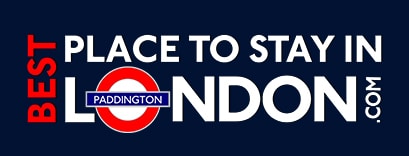
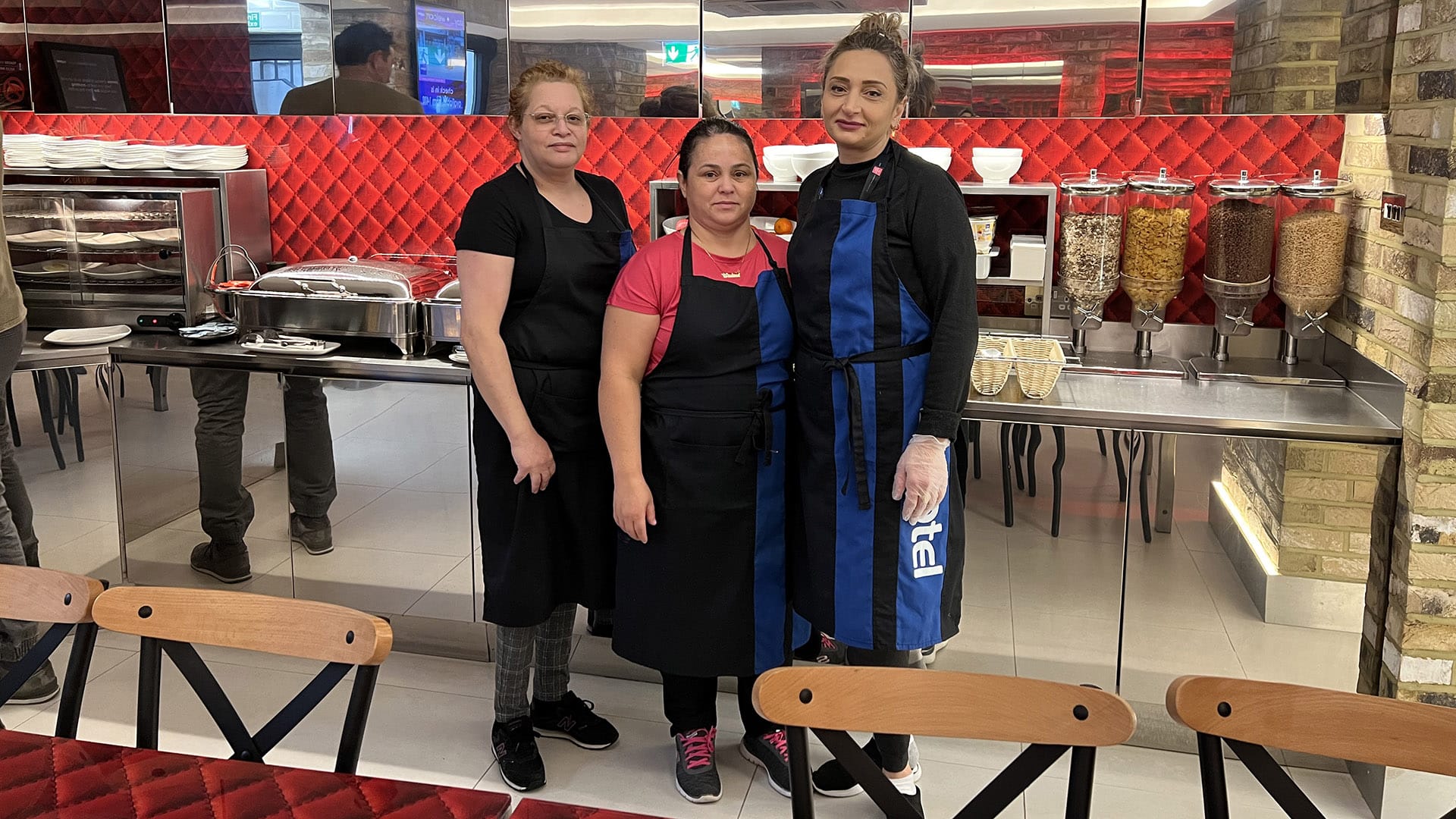
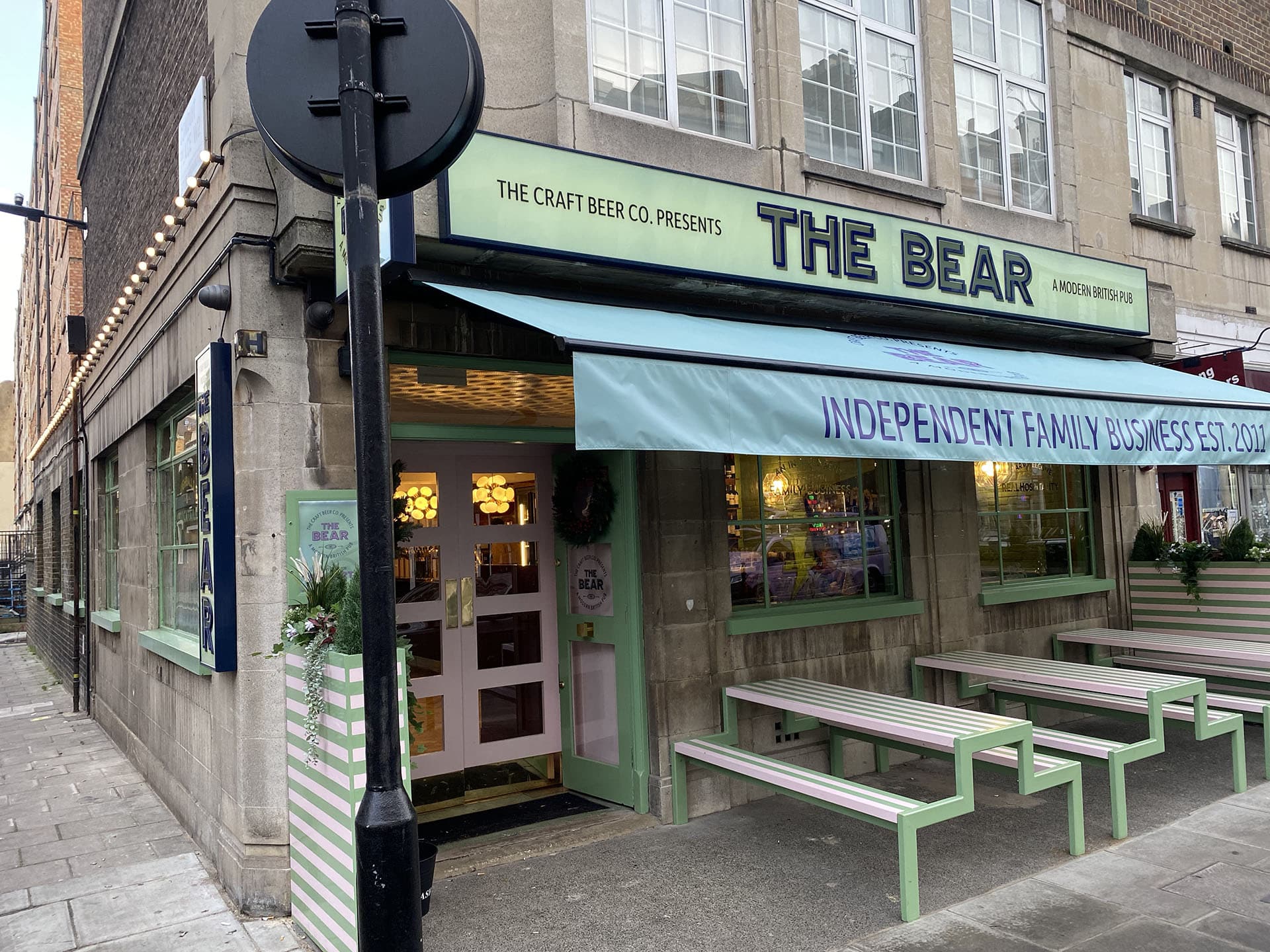
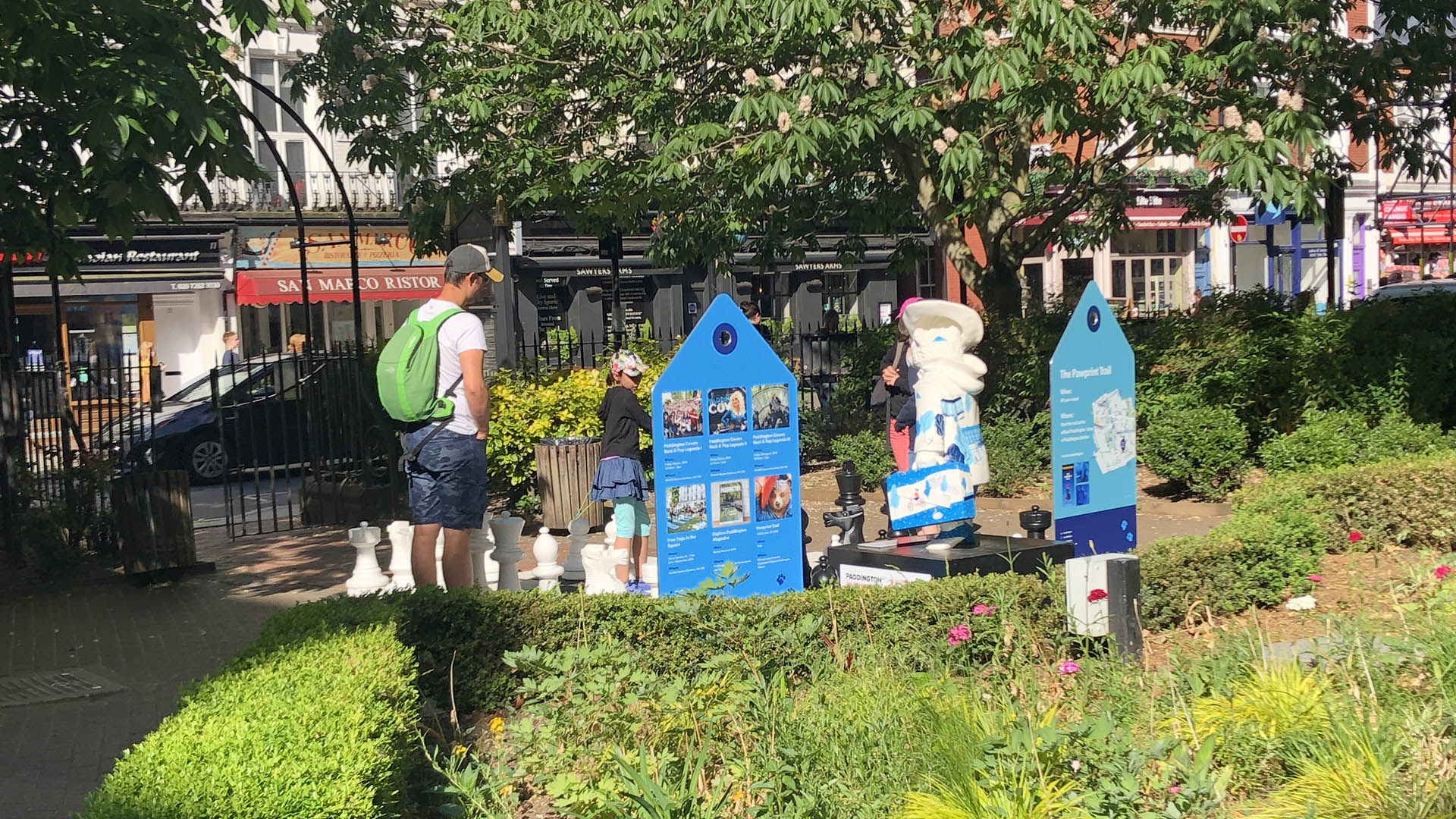

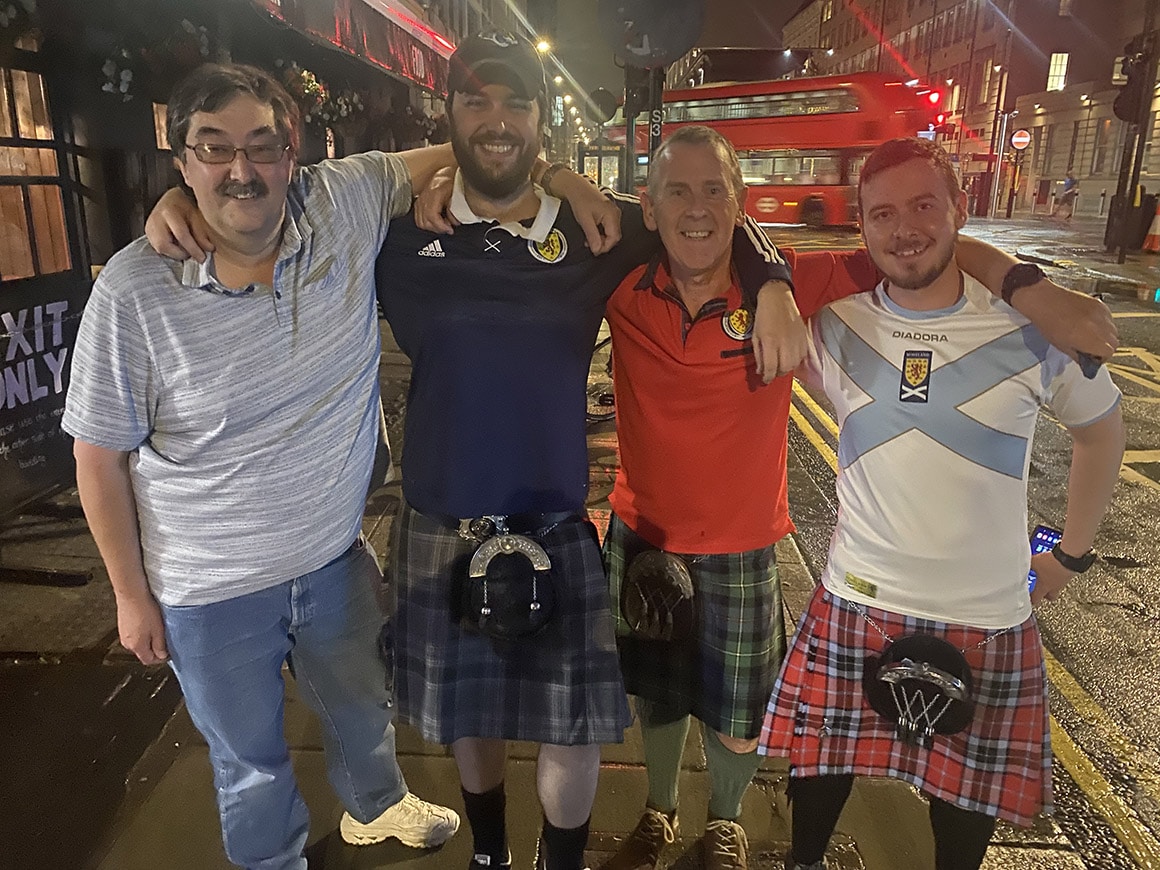
Leave a Comment